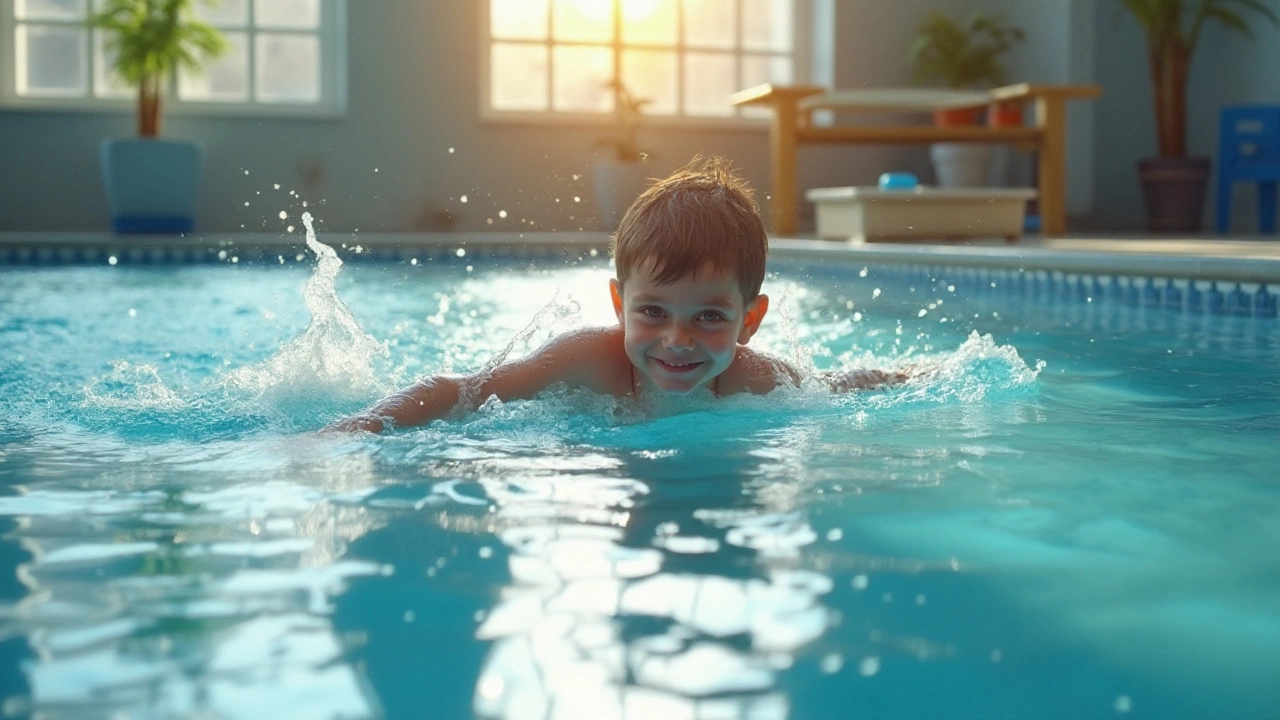
Swimming Styles Guide – Master the Basics
When you jump into a pool, the first question is usually "how should I move?" There are four main swimming styles that most swimmers use in lessons, competitions and workouts. Knowing the basics of each style helps you move faster, stay safe and enjoy the water more.
The Four Competitive Swimming Styles
Freestyle (front crawl) is the fastest and most common stroke. Keep your body flat, rotate your hips, and pull the water with long, smooth arm sweeps. Breathe to the side every two or three strokes – this keeps your breathing rhythm steady.
Backstroke feels like swimming on your back with a flutter kick. Your arms alternate in a wind‑mill motion, pulling the water from above your head down to your hips. Look up at the ceiling, keep your hips high, and turn your head only to breathe if you need a quick sip.
Breaststroke is the slowest but most energy‑efficient stroke for long distances. The kick is a frog‑like whip, and the arms move in a heart‑shaped pattern under the water. Time your glide – pull, breathe, kick, glide – to keep resistance low.
Butterfly looks dramatic but is a powerful, rhythm‑driven stroke. Both arms move together over the water, while a dolphin kick drives your hips. Keep your body tight, breathe forward every one or two strokes, and let the wave of the kick pull you forward.
Pick the Style That Fits You
If you’re just starting, try freestyle first. It builds cardio, teaches you the basic breathing pattern, and works most muscle groups. Once you’re comfortable, add backstroke to balance the muscles on your front and back.
Breaststroke is a good choice for swimmers who want a relaxed pace or need to conserve energy during long training sessions. It’s also easier on the shoulders, making it a favorite for older swimmers or those recovering from injury.
Butterfly fits swimmers who love a challenge and have built up shoulder and core strength. It’s great for sprint sets, but you’ll need good technique to avoid shoulder strain.
To decide, think about your goals: speed, endurance, or technique perfection? Test each stroke for a few laps and notice which feels most natural. Mix them in your workouts to avoid boredom and develop all‑round fitness.
Remember that the best style for you can change over time. Young swimmers often start with freestyle, add backstroke in school lessons, and later experiment with breaststroke and butterfly in clubs. Keep an open mind and enjoy the variety.
Finally, practice the fundamentals: body position, kick timing, and a smooth arm pull. Small tweaks in each stroke can shave seconds off your time and make the water feel like a friend rather than a resistance.
Use this guide as a quick reference when you’re at the pool. Pick a style, focus on its key move, and build confidence one lap at a time. Happy swimming!
